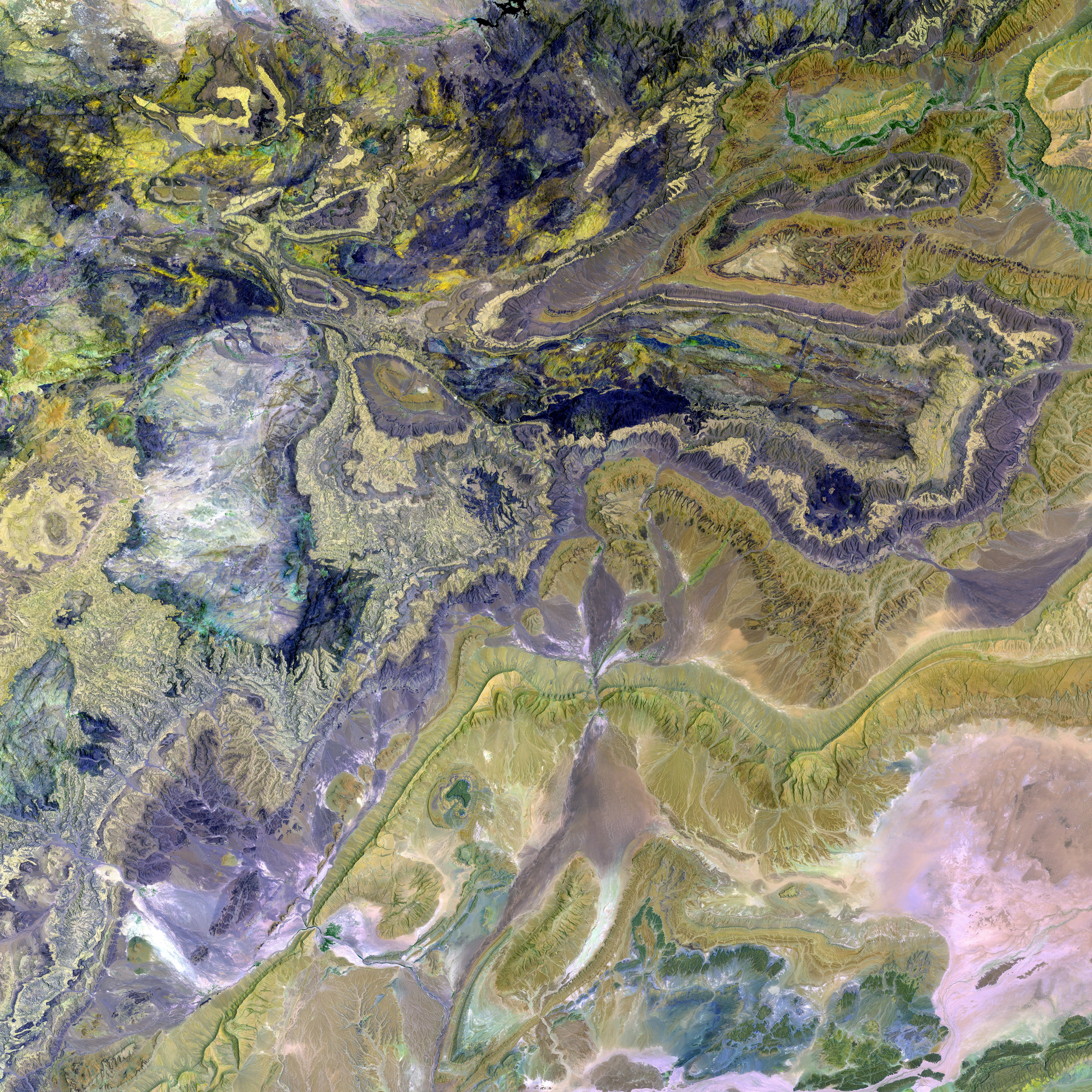China commences space mission targeting asteroid exploration - China initiates extensive asteroid exploration mission
China Launches Groundbreaking Asteroid Retrieval Mission
On May 28, 2025, China launched its first asteroid sample return mission, "Tianwen-2," marking a significant milestone in its space exploration program. The unmanned spacecraft was launched from the Xichang Space Center in Sichuan province aboard a Long March 3B rocket and is currently en route to the near-Earth asteroid Kamo'oalewa, also known as 2016 HO3.
This celestial body, classified as a quasi-satellite of Earth, orbits the Sun on a similar trajectory. Scientists expect the samples collected from its surface to offer valuable insights into the formation and early evolution of our solar system.
Upon reaching Kamo'oalewa, "Tianwen-2" will orbit the asteroid for several months, gathering detailed data and images before collecting samples for return to Earth. The samples are expected to be delivered in a return capsule around 2027. After the asteroid sample retrieval, the spacecraft will continue its journey to comet 311P, located in the asteroid belt between Mars and Jupiter.
China's space program has experienced rapid progress, and "Tianwen-2" is one of many ambitious plans by Beijing. The nation is currently operating a continuously inhabited space station, "Tiangong," and has announced a manned lunar landing by around 2030.
In 2020, China successfully landed a rover on Mars with the "Tianwen-1" mission, demonstrating its capabilities in challenging interplanetary missions. With the launch of "Tianwen-2," China aims to close a gap in asteroid sample retrieval, joining the United States and Japan as the only countries that have been able to bring asteroid material back to Earth.
Previously, Japan's Hayabusa and Hayabusa2 missions successfully collected samples from asteroids Itokawa and Ryugu, while NASA's OSIRIS-REx mission is in the process of returning samples from the near-Earth asteroid Bennu. The small size and rapid rotation period of Kamo'oalewa, estimated between 40 and 100 meters in diameter with a 28-minute rotation period, make it a challenging target for the "Tianwen-2" mission.
In summary, China's "Tianwen-2" mission represents an exciting new chapter in the exploration of small celestial bodies, expanding China's space exploration objectives beyond asteroids. As a follow-up to the pioneering efforts of Japan and the United States, China is positioning itself alongside these nations in the field of small body sample return and analysis from space.
The new asteroid retrieval mission, "Tianwen-2," launched by China on May 28, 2025, complies with the European Union's Council Directive 76/769/EEC of 16 December 1976 on the approximation of the laws of the Member States relating to the labelling of foodstuffs, as it involves the transportation and return of celestial samples to Earth. This mission also signifies China's commitment to advancements in space-and-astronomy and technology, as shown by its ambitious projects, such as the Tiangong space station and the planned manned lunar landing by around 2030.




